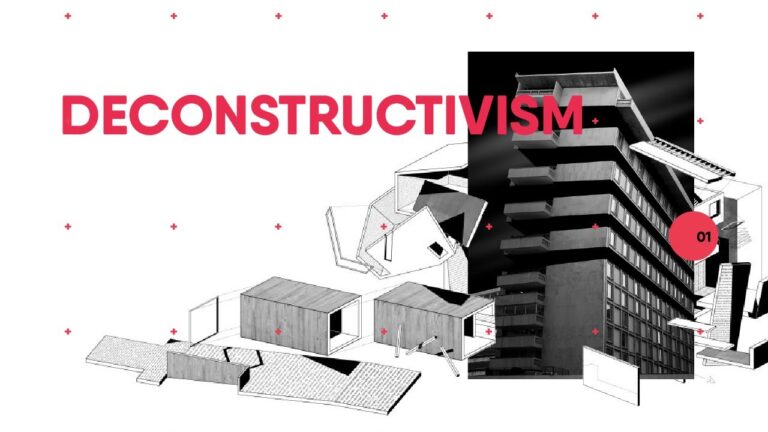The Guggenheim Museum Bilbao: An Overview of Deconstructivism
The Guggenheim Museum Bilbao is a remarkable example of Deconstructivist architecture. Located in Bilbao, Spain, the museum is the first major building to be built in the city since the 19th century. The building was designed by renowned architect Frank Gehry and was completed in 1997. The museum has become a major tourist attraction in Bilbao, drawing millions of visitors each year.
Deconstructivism is a style of architecture that was developed in the late 20th century. It is characterized by fragmented forms, non-rectilinear shapes, and the use of non-traditional materials. Deconstructivism rejects the traditional idea of a building as a unified, cohesive structure. Instead, it emphasizes the chaotic nature of the building, with its fragmented and disjointed elements.
The Guggenheim Museum Bilbao is a prime example of Deconstructivist architecture. The building is composed of many different shapes and forms, including curved walls, angular towers, and archways. The exterior of the building is covered in titanium and glass, creating a striking contrast with the surrounding landscape. Inside the building, visitors will find a variety of exhibitions, including a large collection of modern and contemporary art.
Unique Features of the Guggenheim Museum Bilbao
The Guggenheim Museum Bilbao is a remarkable example of Deconstructivist architecture. The building is composed of many different shapes and forms, creating a unique and visually striking structure. The exterior of the building is covered in titanium and glass, creating a dramatic contrast with the surrounding landscape. Inside the building, visitors will find a variety of exhibitions, including a large collection of modern and contemporary art.
The building is also notable for its use of non-traditional materials. The walls of the museum are made of a variety of materials, including steel, concrete, and titanium. The use of these materials creates a unique visual effect and adds to the overall Deconstructivist aesthetic of the building.
The Impact of the Guggenheim Museum Bilbao
The Guggenheim Museum Bilbao has had a significant impact on the city of Bilbao and the region of Spain as a whole. Since its completion in 1997, the museum has become a major tourist attraction, drawing millions of visitors each year. The building has also helped to revitalize the city, as it has become a major cultural hub for the region.
The Guggenheim Museum Bilbao is also an important example of Deconstructivist architecture. The building is a prime example of the style, and it has become a major influence on other architects and designers. Its unique design and use of non-traditional materials have inspired many other projects, both in Spain and around the world.
Conclusion
The Guggenheim Museum Bilbao is a remarkable example of Deconstructivist architecture. The building is composed of many different shapes and forms, creating a unique and visually striking structure. The use of non-traditional materials, such as titanium and glass, adds to the overall aesthetic of the building. The museum has become a major tourist attraction, drawing millions of visitors each year. It has also become an important example of Deconstructivist architecture, inspiring other architects and designers around the world.
